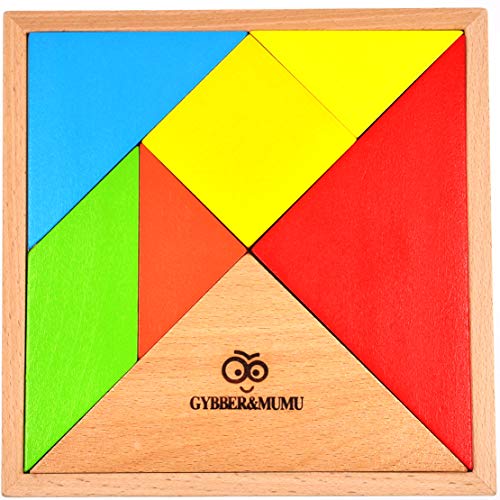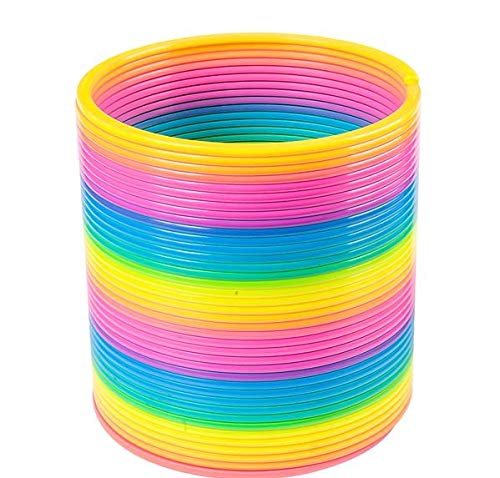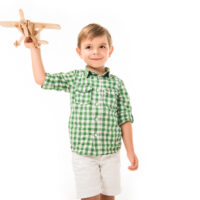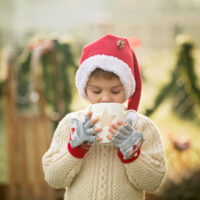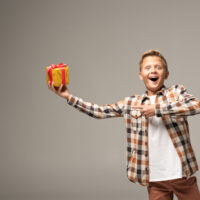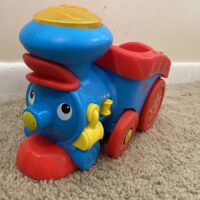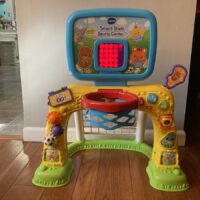You don’t have to be a brain surgeon or rocket scientist to help your child become one!
There is a great deal of scientific research on how to best prepare toddlers for academic and life success.1
Choosing gifts that correspond to developmental and educational goals can guide your child toward play habits that develop success-oriented skills and character.
Gifts that Grow Vocabulary
Language usage and intelligence are tightly correlated. Reading to your child exposes them to a wide variety of words2 , it grows relationship between parent and child, it encourages focus, stimulates the brain and builds neural pathways for communication skills.
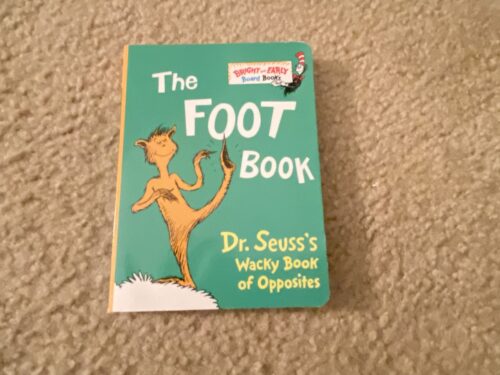
These are excellent starter books to grow vocabulary:
The Going-To-Bed Book is a fun-to-read, imaginative book about a bunch of animals preparing for bed.
The Little Blue Box of Bright and Early Board Books by Dr. Seuss these classics use a variety of words and rhymes that keep your child’s interest while telling a captivating tale.
One Ninja Parenting Hack is to choose gifts that will keep BOTH you AND your toddler interested.
Along those lines, here are a couple of book selections that might do the trick:
LITTLE MISS AUSTEN: PRIDE & PREJUDICE is what you would expect. When your friends ask whether you like the BBC or movie version best you can say “I actually prefer the 2-year-old board book.”
You might need to be a bit of a nerd to read the Baby University Board Book Set.
Here is our full list of recommended books for 2-year-olds.
Books aren’t the only thing that helps build vocabulary, unexpectedly, building toys do too!
Building Toys that Improve Everything
The activity of building is perhaps the single most productive activity a toddler can do.3 It has been shown to improve:
- social skills
- hand-eye coordination
- planning skills
- creativity skills
- language skills
- spatial conceptualization
…and much more.
Beyond that, when you build with your child there is opportunity to talk and engage, to let her roll play and create stories, to create something with a purpose (It holds flowers! A car can go in there! That’s where puppy sleeps!).
Many-a-parent has found that they would rather sit in the floor building with their child than just about any other shared activity. So the right kind of building toys can create the miracle of easier, longer and more enjoyable time with your child.
Blocks
Look for blocks that are simple shapes but that can be used to build a variety of structures. Simple shapes make them easier to manipulate and connect or stack.
A little bit of variety in shape increases the number of things they can build. However, too many different shapes actually decreases the opportunities for creativity because rather than focusing on what can be built, children struggle with how to fit things together.
The classic Melissa & Doug Wooden Block set is a great choice that will last forever and provide countless building possibilities.
TheMelissa & Doug Jumbo Cardboard Blocks step up the play to making bigger structures and use more of their body. While these eventually wear out, we still got many years out of our set.
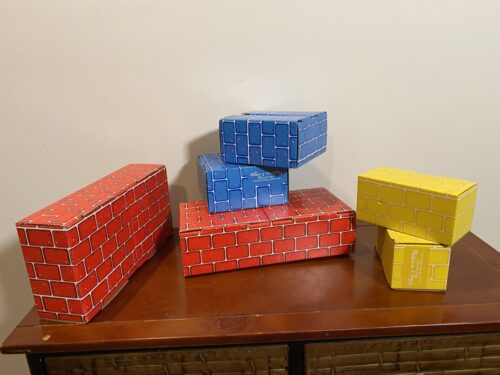
Building Sets
There are many magnetic building block sets available. This is one of our favorites:
Our kids loved the Magna-Tiles 32-Piece Solid Colors Set with smooth edges, and clean, magnetic-snap-together construction that produces nice, tidy shapes. The solid shapes let kids build houses, boxes, and other buildings that seem more “real” than the pieces that have holes in the middle or are opaque.
Magformers Basic Set of Magnetic Tiles are simple, colorful, and versatile. Little uncoordinated hands can easily fit them together. They stay stuck together and can form lots of different shapes and structures. Make sure to watch your child though as all magnetic tiles are made for children ages 3 and up.
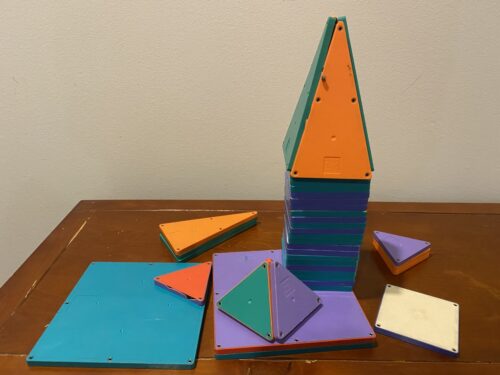
Puzzles
Some kids love puzzles and others can take them or leave them. For intellectual development, the ancient Chinese Tangram puzzles can help develop geometric understanding and problem-solving skills.
You can make a Tangram puzzle by cutting a flat sheet into 7 different shapes. Or you can buy something like this:
The GYBBER & MUMU 7 Piece Colorful Wooden Tangram Puzzle Set
Music for Language and Intelligence
A study published in the Journal of Neuroscience says “Musicianship in early life is associated with pervasive changes in brain function and enhanced speech-language skills.” 4
Researchers at the University of Geneva having surveyed a broad set of studies concluded “… children who undergo musical training have better verbal memory, second language pronunciation accuracy, reading ability and executive functions. Learning to play an instrument as a child may even predict academic performance and IQ in young adulthood.” 5
You may choose not to begin teaching an instrument to your 2-year-old but giving them an opportunity to experience and create music on their own can foster a love for music.
The Baby Einstein Clever Composer Tune Table can help your toddler connect notes to sounds.
The Smarkids Preschool Musical Toys Set has a variety of percussion instruments with a flute thrown in for good measure.
These are just a couple of many good choices. Scroll through Amazon and see if you can find something that is least likely to drive you crazy!
Number Sense and Logic
Math skills go far beyond calculations. We usually start with numbers and counting for toddlers. But there are other mathematical concepts like sequence, comparison and scale that can give your two-year-old a solid foundation for math. See Number Sense for a deeper look.
- Sequence – teaching the next position, moving a piece from square to square.
- Distance – is it close or far, how close, how far?
- Comparison – are there more here than there, or less, or about the same?
- Scale – are there just a few, quite a few, or lots and lots!
- Literacy – letters/symbols
There are some gifts that go at teaching numbers directly:
My First NUMBERS Padded Board Book is a nice board book that uses the straight forward approach of showing the numbers and corresponding pictures of animals and things of that number.
However, games like HABA My Very First Games – First Orchard Cooperative Game teach quantity, scarcity and sequence in a fun and tangible way that your kids will love.
Although the Melissa & Doug Catch & Count Magnetic Fishing Game is recommended for ages 3 to 5, your 2-year-old may still enjoy catching the fish and putting them in the bag. In so doing they will learn the “symbolic” connection between the spinner-pointer and which fish to catch. Symbolic representations are stepping stones toward all important mathematical concepts.
Creativity and Curiosity
We want our toddlers to believe in an infinite number of possibilities. There are always more places we can look for the ball, and more places we can hide it. We don’t ever have to build the same house twice (and it’s okay if we build the same one a hundred times too).
This openness to possibilities removes limitations in our children’s thinking. They’ll be open to innovation, to not quit by thinking they’ve uncovered all the answers, to not be intimidated by someone else’s creation or accomplishment.
The building sets we mentioned above are excellent creativity and curiosity builders. But doll houses can stimulate the imagination as well:
The Fisher-Price Little People Surprise & Sounds Home let’s your toddler create a story of what happens where, to who and with what.
If you think the Rhode Island Novelty 6.9″ Jumbo Rainbow Coil Spring is a weird recommendation for a toy that inspires creativity, you just have to watch your 2-year-old play with it and see what they find to do. These jumbo slinky’s are built to last and it is amazing how they will be incorporated into your child’s creative thought process.
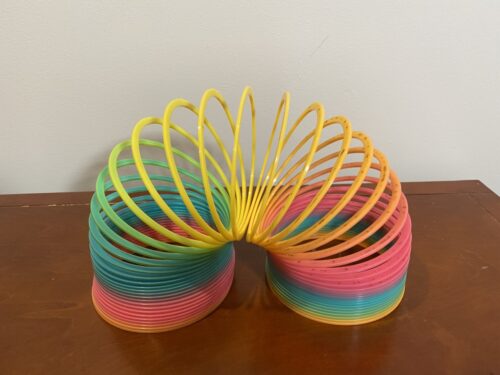
The Play-Doh Play ‘n Store Table, Arts & Crafts, Activity Table gives you plenty of play doh, some customized cutter shapes, a table to play on and a place to keep it all. This gift will provide many hours of “making” and talking and imagining to strech creative muscles.
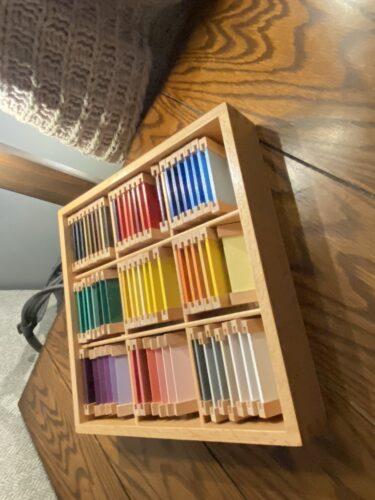
Physical Activity
In their book The Art of Roughhousing, Anthony DeBenedet, MD and Lawrence Cohen say “Play — especially active physical play, like roughhousing — makes kids smart, emotionally intelligent, lovable and likable, ethical, physically fit, and joyful.”
While much more research needs to be done, there are clear correlations between positive social outcomes, health and decision making that come from long duration of physically active playtimes.
In this category, the gifts that promote that interest in physical play will be different for each child. You’ll want to pay attention to the kind of toys your child gravitates toward that keep them physically active the longest.
A coupe car like the Little Tikes Fairy Cozy Coupe is a favorite for many kids.
Baby Balance Bikes take up a lot less space and keep that toddler active inside and out.
And of course the classic Playskool Sit ‘n Spin
And for that little one who just likes to swing something, the Little Tikes T-Ball Set (Red) w/5 Balls helps develop coordination and is a good shared activity with a parent.
The Kiddey Ball Pit Play Tent for Kids is another well rated favorite.
Foreign Language
Another area of extensive academic research is in the area of bilingualism. There seems to be overwhelming agreement that knowing a second language is advantageous congnitively6, although some research has shown otherwise7.
Whether or not there are decisive cognitive improvement benefits, there are obvious social and cultural benefits to being exposed to and able to speak another language.
One obvious way to make this happen is a simple book:
First 100 Words Bilingual: Primeras 100 palabras – Spanish-English is a picture book with English and Spanish words that can help both child and mom and dad to pick up words in Spanish, or English as the case may be!
These Alphabet Blocks in Spanish and English have letters, numbers and words for a bilingual learning opportunity.
How To Improve Your Child’s Intellectual and Life Potential
Most parents intuitively know that “things”, toys, games and the like, by themselves will do little to prepare your child for life.
Instead, extensive research8 has shown a correlation between intelligence and:
- Voluntary exercise
- Play
- Working memory
- Gestures
- Responsive parenting
- Learning before sleeping
- Consistent and sufficient sleep
- Critical thinking
- Number sense
- Spatial intelligence
- Free choice
And intelligence isn’t the biggest factor in life success9.
The literature shows that social skills, avoiding overprotection, eliminating screen time, high expectations, praise for effort – not for innate skills or attributes, doing chores, parental engagement, a peaceful, loving home, discipline and a positive example will give kids the best chance at life.
This is why we wrote that parenting is, unfortunately, harder than you think. The things that make a difference for your child start with your own behavior. Kids learn from what you do and how you act far more than from what you say.
That’s why our Ninja Parenting Hack of finding things that YOU like to do with your child is as important as finding things they might like to do. They simply want to do things WITH you. That’s what will make them happiest.
Don’t Forget Dialogue
Speaking as many words to your child each day will take them farther than anything else. Why? It grows their vocabulary and ability to interact. But more than that it gives them the benefit of relationship with you, an understanding of give and take, ask and learn, tell and share, create and test.
Take that a step further and read books to get your talk time in. Even simple books like the Darling Ducks Go To Antarctica will have you talking about things and places that would never come up in normal conversation.
Let your child do the reading even if he can’t read. Ask him to read the book to you.
Point! Research says that kids learn much faster if you point at what you are talking about and use gestures to emphasize your meaning.10
Ask your child questions about their reasoning and their actions. If they put the bear in the bag, ask “Why is Paddington going in the bag?” As your little one responds to the question it gives her the opportunity to think critically and creatively about what they have done physically.
Ask spatial questions. Is the car on top of the block? Is it beside the block?
Active vs Passive
Every parent wishes there was a book, a toy or a game that a toddler could pick up and occupy herself with for a long time leaving mom or dad free to do other things. Better yet, what if the toy would just make the kid smarter all by itself?
Unfortunately many toys and games make the claim that they will increase intelligence. There are certainly learning resources that contribute to academic potential, but the point is, the best approach is active not passive.
Active interaction with your child using any toy, book or game is better than passive, unengaged parenting. Don’t feel guilty if your child does a great job of playing by themselves. That is a blessing and an indication of security and positive motivation.
But however well your toddler plays by himself, he’ll do even better playing with you!
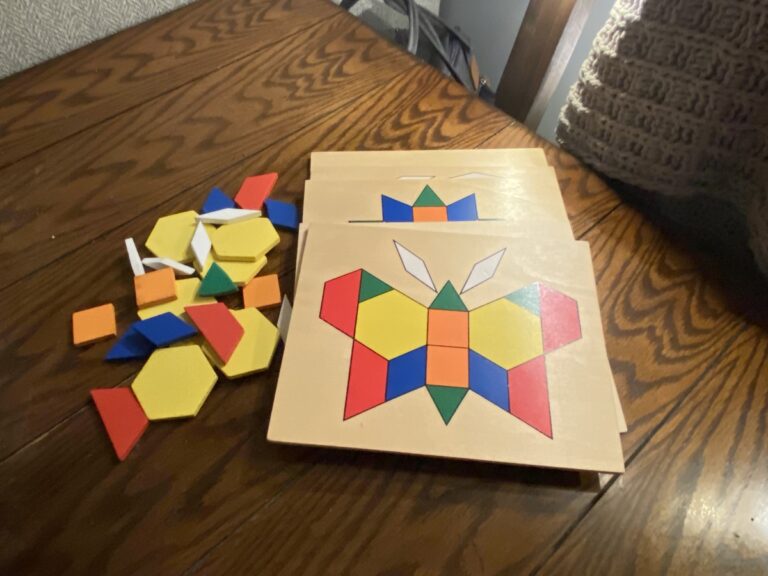


![Little Miss Austen( Pride & Prejudice( A Counting Primer)[LITTLE MISS AUSTEN PRIDE-BOARD][Board Books]](https://m.media-amazon.com/images/I/51u7VRQF5UL._SL500_.jpg)





